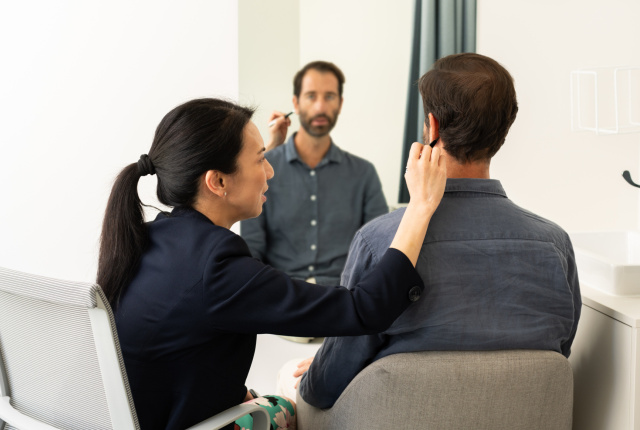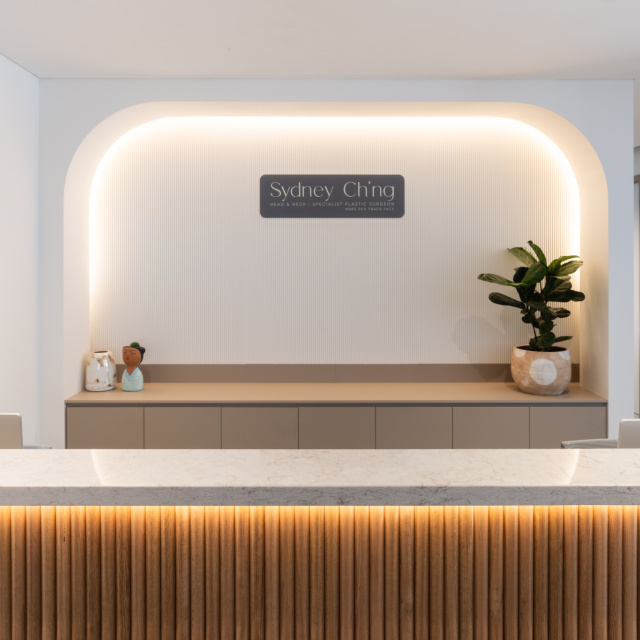Rhinoplasty Surgery Sydney
Dr Sydney Ch’ng is a plastic, reconstructive, and cosmetic surgeon in Sydney, providing rhinoplasty surgery to change the shape of the nose, creating balance and optimising proportions on the face.

What does rhinoplasty involve?
The approach to rhinoplasty will be different for each patient. Usually, small and well-concealed incisions are made to access the bone and cartilage framework of the nose. Next, the bone and cartilage framework is then reduced, moved or re-arranged to create a new nasal profile. The tissues are then re-positioned over the new framework and the incisions are closed.
Rhinoplasty Surgery with Dr Sydney Ch’ng
Dr Sydney Ch’ng is a head and neck and specialist plastic surgeon based in Sydney, Australia, providing an evidence-based and patient-focused care approach to rhinoplasty procedures. Dr Ch’ng has completed a fellowship with the Royal Australasian College of Surgeons (FRACS) and brings exceptional precision and expertise to rhinoplasty surgery procedures in Sydney.
Having completed a prestigious fellowship in Adult Craniomaxillofacial Surgery at the internationally recognised Chang Gung Memorial Hospital, Dr Ch’ng has worked alongside global leaders in facial trauma and cosmetic surgery.
For all procedures, Dr Ch’ng follows AHPRA requirements that include a minimum of 2 consultations, observation of a cooling-off period before offering surgery, and screening for dysmorphic body disorder.
What to expect following rhinoplasty
Dr Ch’ng performs rhinoplasty under general anaesthetic in a fully accredited hospital. Surgery usually takes around four hours and patients will usually be able to go home on the same day. For the first week following surgery, a small plastic splint is kept on the outside of the nose to minimise swelling, and to help maintain the new shape while the nose heals. Soft, absorbent packing material or internal splints may also be used inside the nose during initial healing. Whether packing or splints are placed in the nose or not, most patients will feel that their nasal breathing is restricted in the first few days after surgery as a result of swelling within the nose. As the swelling subsides, breathing will feel easier. A short course of oral steroids may be prescribed to help reduce swelling.
Some patients develop swelling and/or bruising around the eyes in the first few days after surgery. Ice packs can be used to reduce this bruising and discomfort. Absorbable sutures are generally used inside the nose and do not need removal. Any external sutures (if used), nasal dressings and splints are removed at around seven days after surgery.
Patients are advised to avoid blowing their nose and any impact to the nose while the structures are healing. Rigorous activities (or any activity that would increase the risk of injury to the nose) should be avoided for 6 weeks.
Patients should take care when wearing glasses to ensure no excess pressure is added to the bridge of the nose for the first six weeks. While initial swelling will subside within a few weeks, it may take 6–12 months for the new nose shape to be fully defined.
Get in touch
If you’d like to know more about our head and neck, plastic or skin cancer surgical services, or if you have a question for Dr Ch’ng, we’d love to hear from you.
